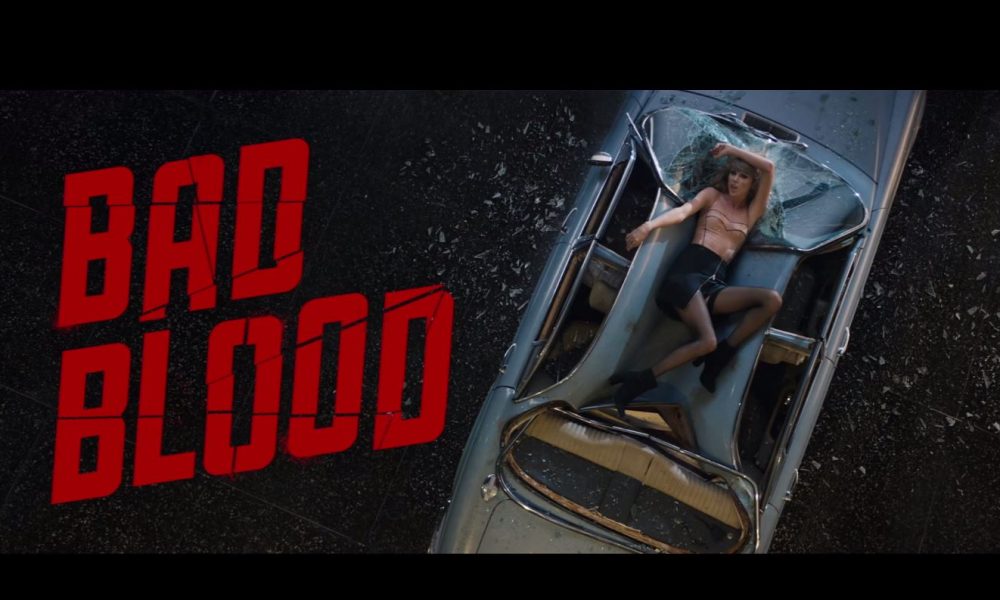Some consider Kurt Cobain to be the “Last Great Rockstar”, someone whose impact was so big, so brief and shrouded in mystique that it would take extensive time to dig into Cobain’s life and soul. With that in mind, considerable credit should be awarded to Oscar-nominated director Brett Morgen (On the Ropes, The Kid Stays in the Picture) for diving head-first into Cobain’s entire life and pulling out the pieces that made him the tragic hero of alternative rock.
Kurt Cobain: Montage of Heck is the first documentary about the Nirvana frontman with the full consent of Kurt’s family, including Kurt’s widow Courtney Love and their daughter Frances Bean Cobain. Morgen puts the focus entirely on Cobain from start to finish, the movie never breaks to just focus on Nirvana or Kurt’s much-publicized relationship with Love. All the major events of Kurt’s life happen around him in the movie, never overshadowing the man. Any footage available is put to use, whether it be Super 8 film of Cobain as a toddler or videotape footage of Love giving baby Francis a bath with Kurt behind the camera. What’s more interesting is the use of drawings and sketches from Cobain himself are compiled into trippy animations that look like Tim Burton’s nightmares meant to describe Cobain’s inner turmoil (used to frightening effect when it describes Kurt dealing with tabloids and drugs at the time of his daughter’s birth). The doc’s score consists of haunting orchestral versions of Nirvana’s catalogue, along with raw demos from Cobain’s archive showing his stripped down style of songwriting.
Calling Montage of Heck an “exposé on Cobain’s life” would be like calling Pacquiao vs. Mayweather “a little scuffle.” Montage of Heck is one of the most intimate and personal rock documentaries ever conceived and executed. Interviews with Cobain’s parents and siblings imply that he was an outcast in his own family, moving from relative to relative. But his anger didn’t come from immaturity, as his mother and Nirvana bassist Krist Novoselic point out Kurt’s sensitivity to ridicule. Animations are used to give visuals to Kurt’s audio stories from various interviews about his life, ranging from his high school years smoking weed for escape to nearly attempting suicide. Even when Kurt achieves success, the theme of that segment is how Kurt wanted to stay as far away from cameras as possible. His family and friends claim how much he wanted to live the happy life of family and fame, and how quickly he recoiled from that dream once “Nirvana-mania” hit. The most shocking footage in Montage of Heck come from behind the bedroom doors of Kurt and Courtney, and how they embraced and matched each other’s weirdness. But other times, like when Kurt is holding baby
Francis as she gets her first haircut, Kurt supposedly strung out on heroin, it’s shocking to see the joy on the face of a man doomed without knowing it.
The film doesn’t highlight Cobain’s suicide, cutting to black immediately after Nirvana’s iconic MTV Unplugged show in early 1994, and that’s the point. This isn’t about the tragedy of Kurt’s death, but the struggle Kurt had with living life. He wasn’t mopey and closed-off on purpose; he wanted to be happy and be there for his daughter. The universe played a cruel hand on Kurt, and he was around long enough to let the light he had inside shine on everyone else.




Comments are closed.